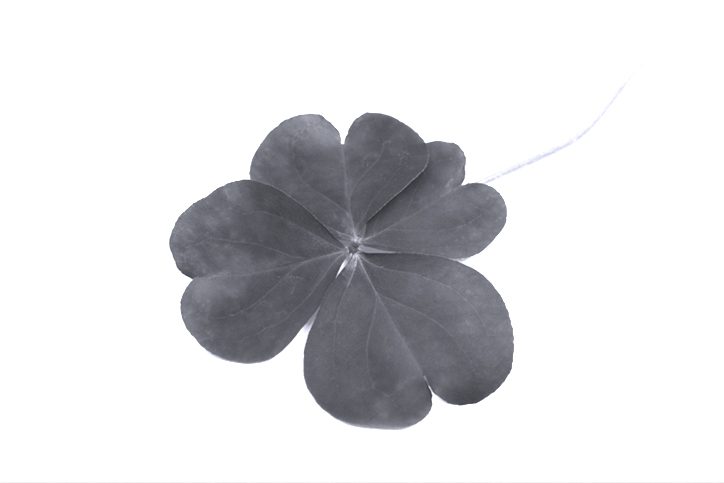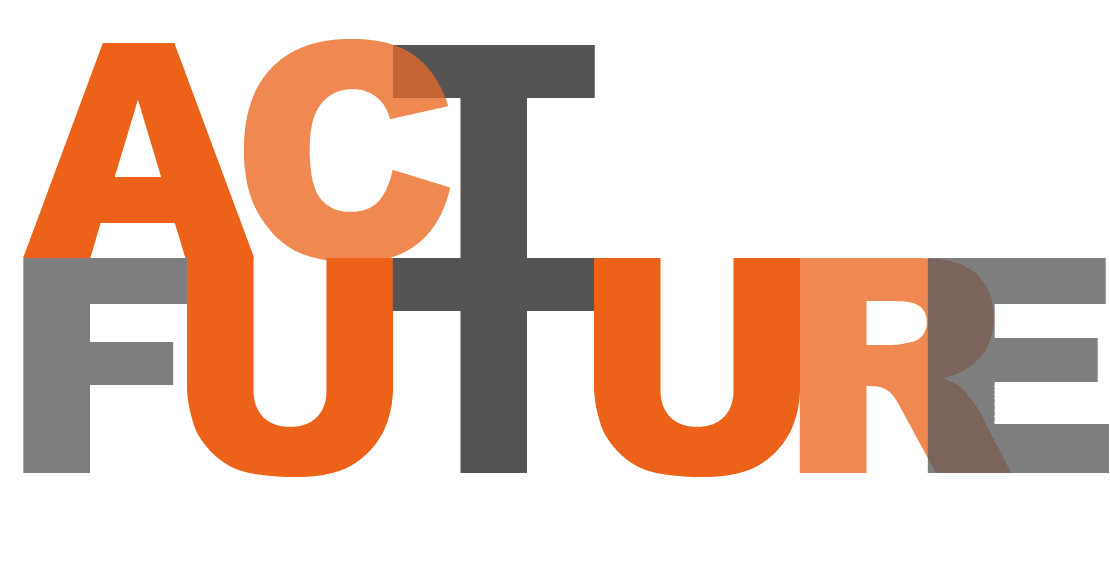
Our studies qualitative

Lead to the implementation of qualitative marketing studies:
-Observation of consumption patterns
-Research for new concepts of consumption
-Search for message to convey
-Research to optimize new products in the development phase
-Test of advertising message or product prototype
-Exploration of the understanding of the client-advertiser relationship

The reasons vary depending on your needs. If you are launching a new project, product or service, this can allow you to:
Test the concept from the start The first advantage is that you will be able to consult your market, to see whether or not it is receptive to your project. And this before you even design anything, since you only need your ideas to create the questionnaire.
Validate your targeting: You can directly question your target market, and identify your best prospects. Are your assumptions about your ideal customers correct? Is there a more interested segment? Ask the right questions, and identify the most interested profiles.
Test a need, identify expectations: Is the problem you want to solve real? What frustrations does this generate in your prospects? What are their specific needs?

Understanding the habits: In what context do they need your offer? What solutions or alternatives are they using today? What are the advantages and disadvantages of these solutions …
Analyze preferences: This is the opportunity to ask your future prospects, what they prefer. To understand their tastes, to be able to adapt your product or service. The design, the characteristics, etc …
Get feedback: You will be able to present your product to hundreds of people, and let them speak, so they can tell you what they think. What they like, what they don’t like, what they would like …
More generally, the quantitative study makes it possible to take a step back, to limit the impact of bad intuitions. You get an objective and representative vision of your market. While validating key points of your project.
What is a marketing study qualitative?

The different types of qualitative studies:
There are many methodologies of qualitative studies, the best known being: group meetings – or focus groups , face-to-face interviews, and all ethnographic methods such as direct or indirect observation, …
These various methods apply to all areas where qualitative studies can be requested and, particularly to marketing.

Consumer / Focus group meetings in qualitative studies:
The group meetings or round tables or Focus Group or Consumers Meeting are another method used in qualitative studies. The interviewer brings together a number of consumers, generally between 6 and 10 people, in a room.
In the same way as for face-to-face interviews, an interviewer leads a group meeting using a facilitator’s guide that includes the questions that the participants will have to answer.
Group meetings are an opportunity for participants to interact with each other. They can thus make associations of ideas, bounce back and react to what the previous person said, and bring new elements for the qualitative study.
Group meetings promote new ideas, opinions are multiplied. They also make it possible to have access to a new tool in qualitative studies: collective work, in particular via groups of creativity .

Face to face interviews in qualitative studies:
Face-to-face interviews result from the meeting of an interviewer and an interviewee
During a face-to-face interview, the goal of the interviewer is to collect the feelings of a consumer vis-à-vis a problem. He will try to understand his behviour , to collect his impressions and to decipher his attitudes.
To conduct his interview, the interviewer uses his facilitation guide which includes pre-established questions that the consumer will have to answer.
The face-to-face interview is the way to go in depth, to bounce back immediately on the notions evoked by the consumer and gain access to more personal perspectives from the consumer

Face to face interviews in qualitative studies:
Face-to-face interviews result from the meeting of an interviewer and an interviewee.
During a face-to-face interview, the goal of the interviewer is to collect the feelings of a consumer vis-à-vis a problem. He will try to understand his behviour , to collect his impressions and to decipher his attitudes.
To conduct his interview, the interviewer uses his facilitation guide which includes pre-established questions that the consumer will have to answer.
The face-to-face interview is the way to go in depth, to bounce back immediately on notions evoked by the and to have access to more personal points of view on the part of the consumer

Qualitative online studies:
One of the tools used in qualitative studies is the Online There are two ways to carry out a qualitative study Online:
- The Internet forum led by an investigator
the Internet forum brings together around a facilitator 6 to 10 Internet users in a virtual lounge. The principle is the same as in a classic group meeting: the participants bounce back and react to the statements of others. They are led by a facilitator who asks questions for about 1.5 hours.

- Online newspaper
Like a diary, participants fill out an online form every day and answer questions posed by the interviewer. This type of qualitative tool can be used over a week, two weeks or more. Online newspapers provide information from consumers over time. They provide a very representative image of consumers’ daily habits. It is thus possible to realize, for example, the differences in the use of a product depending on the day of the week. The number of participants is not limited.
Online qualitative studies allow geographically dispersed targets to be grouped together and guarantee anonymity and therefore promote free expression. Consumers can therefore confide without fear of being judged.
